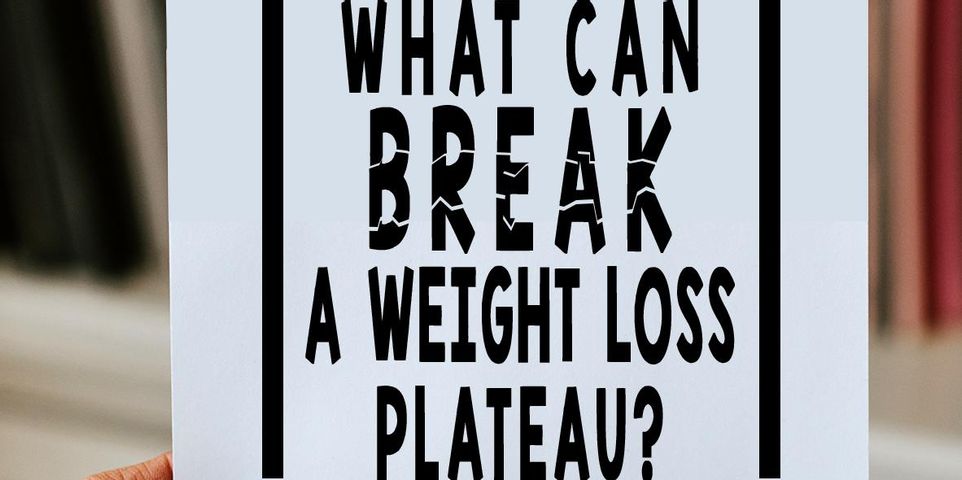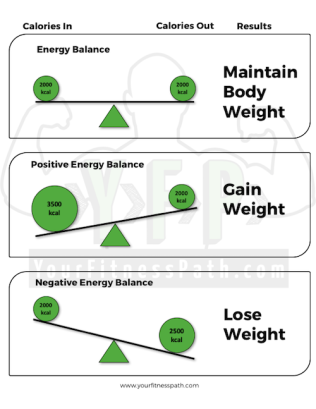Weight Loss Plateaus by Freedom Fitness Trainer Jeff Hoehn

Have you ever dieted and saw good progress in the beginning, but as you went on it got tougher and tougher to get to your goal? You did more cardio, ate less, worked harder in the gym, but nothing worked. The worst part is, you felt more fatigued and getting to the gym became something you simply did not look forward to. Or maybe you lost a lot of weight, and then it quickly came back.
When this happens, a lot of people think there’s something wrong with them and they just are not meant to lose weight. However, as we diet and get smaller/lose body fat, our body resists this change and actually takes steps to ensure this process gets tougher and tougher over time. Unfortunately, this is a mechanism that was useful thousands of years ago when food was scarce and you did not know when you would have your next meal. However, times are different now, but our bodies are not. This mechanism is not so useful today, with the abundance of calorie-dense food and increasing sedentary lifestyle choices.
One particular part of the energy balance equation may go down more than we think (but it’s in our control, somewhat), and this could be a big reason why people plateau with their weight loss progress.
ENERGY BALANCE
Before we get into which factor is a big culprit of weight loss progress and regain, it’s important we go over the energy balance equation. I’m sure many of you have heard that you just need to be in a negative energy balance or a calorie deficit to lose weight, but what exactly is a negative energy balance and calorie deficit? Simply put, it's consuming less energy (calories) than you expend each day.

I think when most people hear this they just think of exercise and eating small amounts of food as the only way to get into this negative energy balance. However, there are many other factors at play here. Let’s first go over the “energy in”. Energy in is simply all of the food you consume on a regular basis, even a small handful of chips or a sip of soda still count as calories, unfortunately.
Energy “out” is a bit more complicated and is usually broken up into four categories.
Resting metabolic rate (RMR), this is just the energy burned for basic bodily functions. One way to think of it is the amount of energy used when you are at rest. This makes up a large portion of this “energy out” equation, about 60-75%. Some things that can make this higher: male, larger body mass, more lean mass, taller, genetics, age etc. Things that can make this lower are: female, smaller body mass, less lean mass, shorter, genetics, etc.
Thermic Effect of Food (TEF), this is the amount of energy burned via absorption and digestion. Yes, the calories you consume require calories to digest and absorb. This makes up about 8-10% of the energy expenditure side. Protein has the highest TEF compared to carbohydrates and fats. So the less food you eat, the lower this will be as well (albeit a very small decrease).
Exercise Activity (EA), this is the activity that is deliberate exercise: running, weight lifting, sports, etc. This factor can have a high variability from one person to the next. So it is hard to put an exact percentage of how much of the energy expenditure side of the equation it affects. Someone who exercises 7 times a week is going to have a much higher percentage of energy out than someone who does not exercise at all.
Non-exercise activity thermogenesis (NEAT), this is all of your movements that are not deliberate. Talking, blinking, fidgeting, walking, everyday chores, going to the bathroom, cleaning, etc.
These four factors make up the energy expenditure side of the equation. There can be a huge variability between two people (which is why there is no magic calorie amount to lose or gain weight). For example, an active tall male that has a good amount of muscle and genetically has an active metabolism uses much more energy than a sedentary female, who is short, does not have much muscle, and genetically has a metabolism that is much more efficient with energy expenditure.
As I mentioned earlier when we “diet” and become smaller our body adapts to this. Your RMR, TEF (while dieting due to less food being consumed), and NEAT all go down. Unfortunately, we cannot do much about RMR and TEF going down. However, one portion of the equation that seems to go down more than the other three and appears to continue to go down with weight loss is NEAT, luckily this can be in our control to an extent.
Next week we will cover NEAT in more detail and look at the possible solutions to avoid these plateaus.
For help reaching your goals, email Jeff Hoehn at support@gofreedomfit.com. He offers a variety of workouts and fitness classes designed to help you achieve your personal goals.
About the Business
Have a question? Ask the experts!
Send your question

